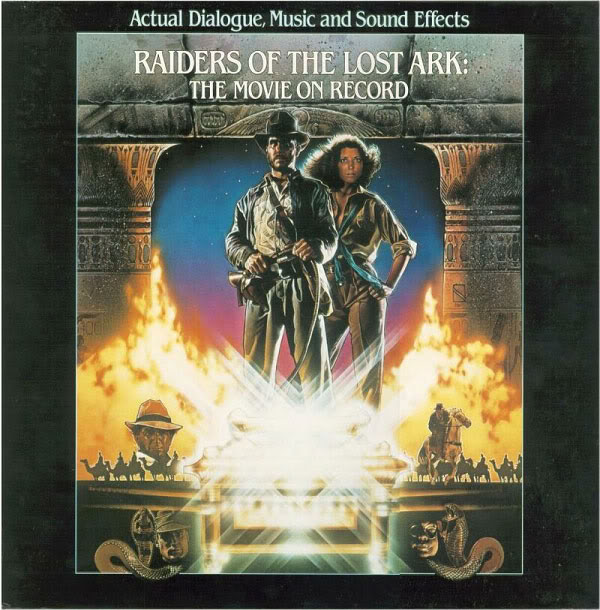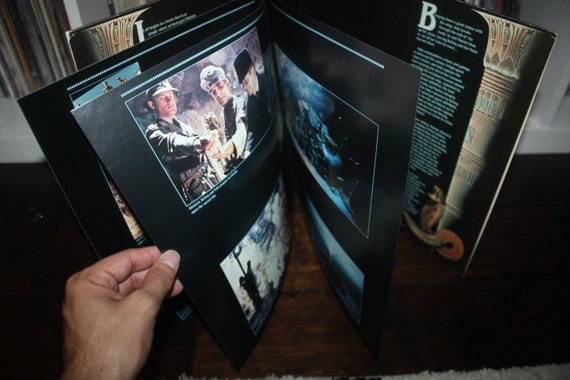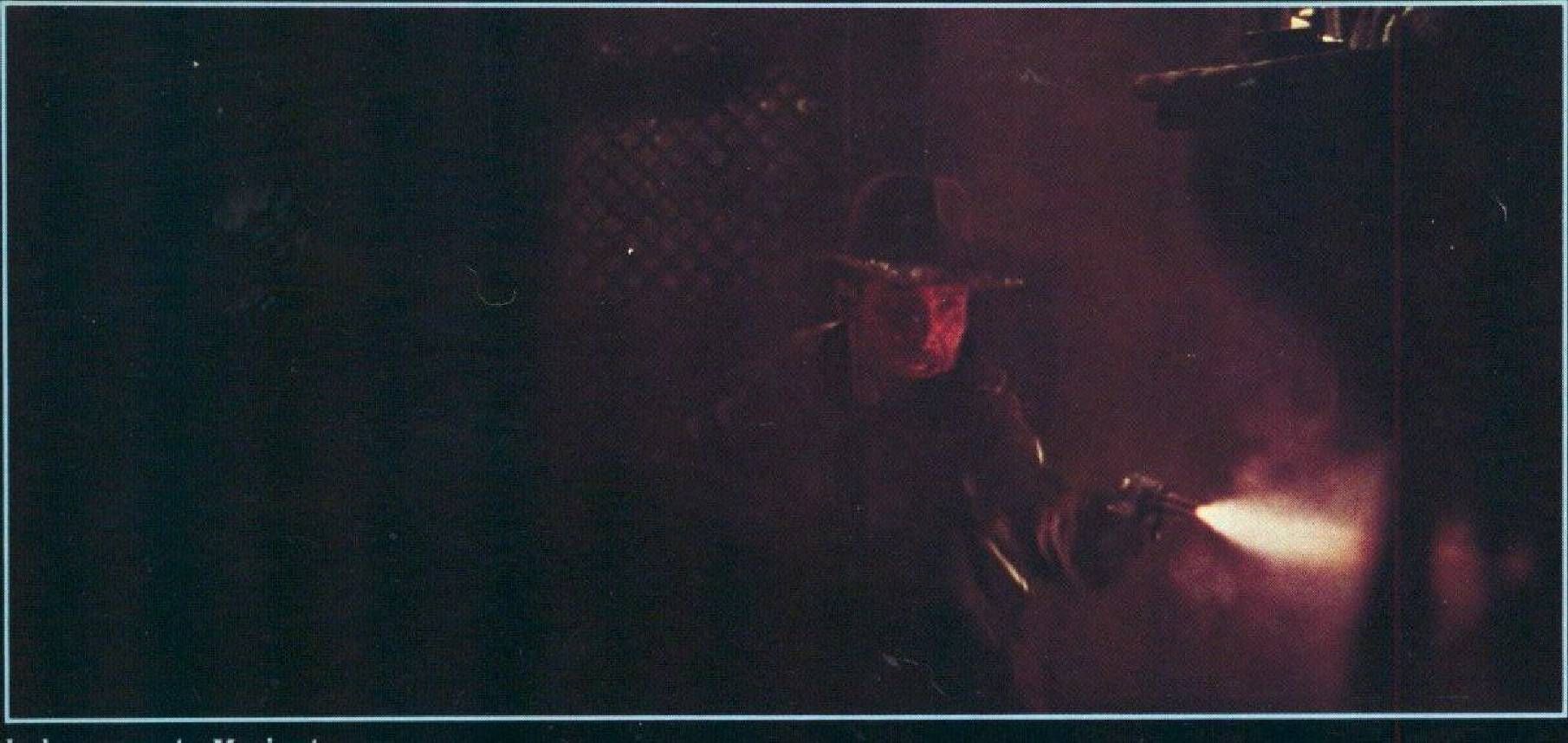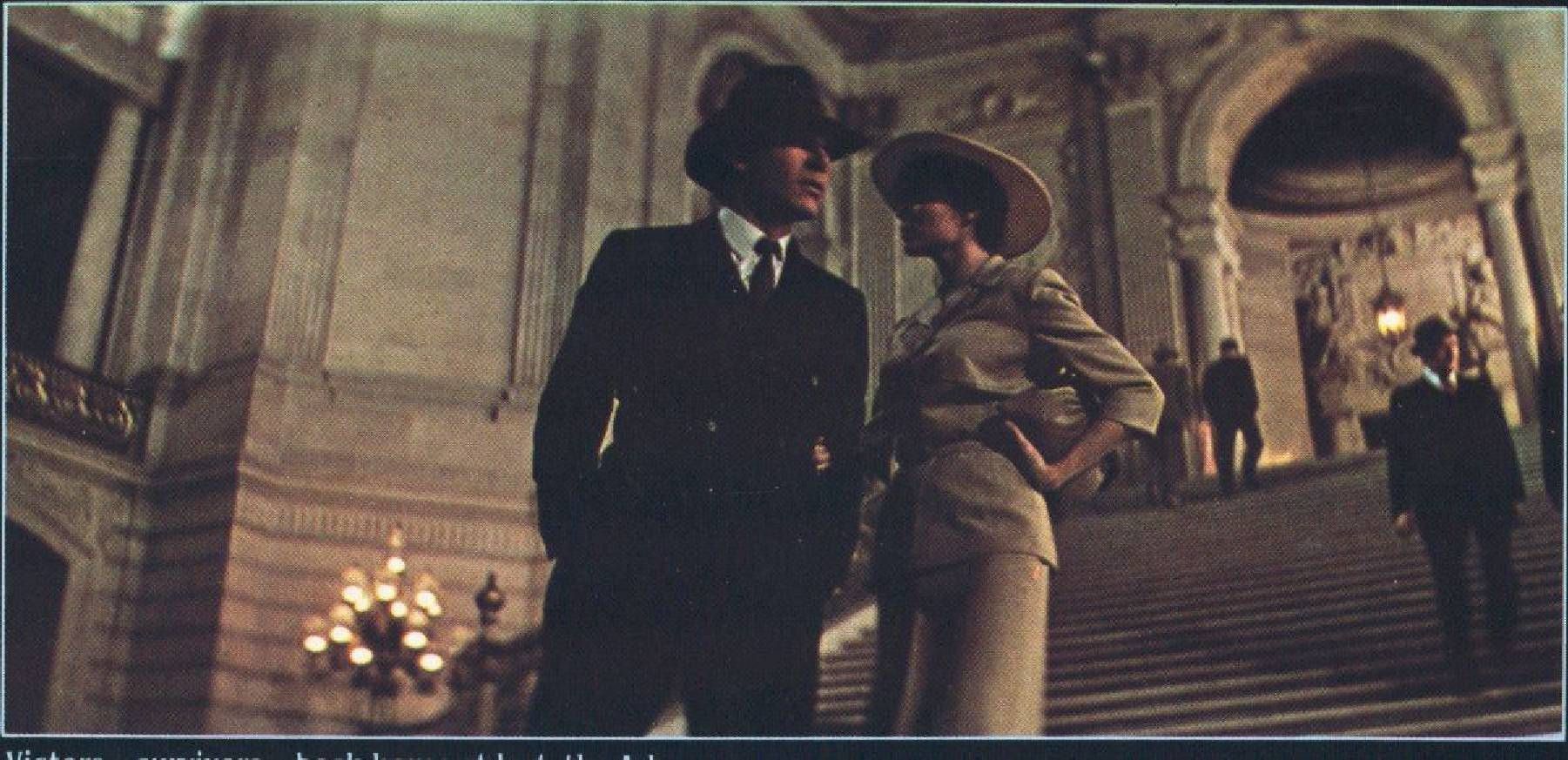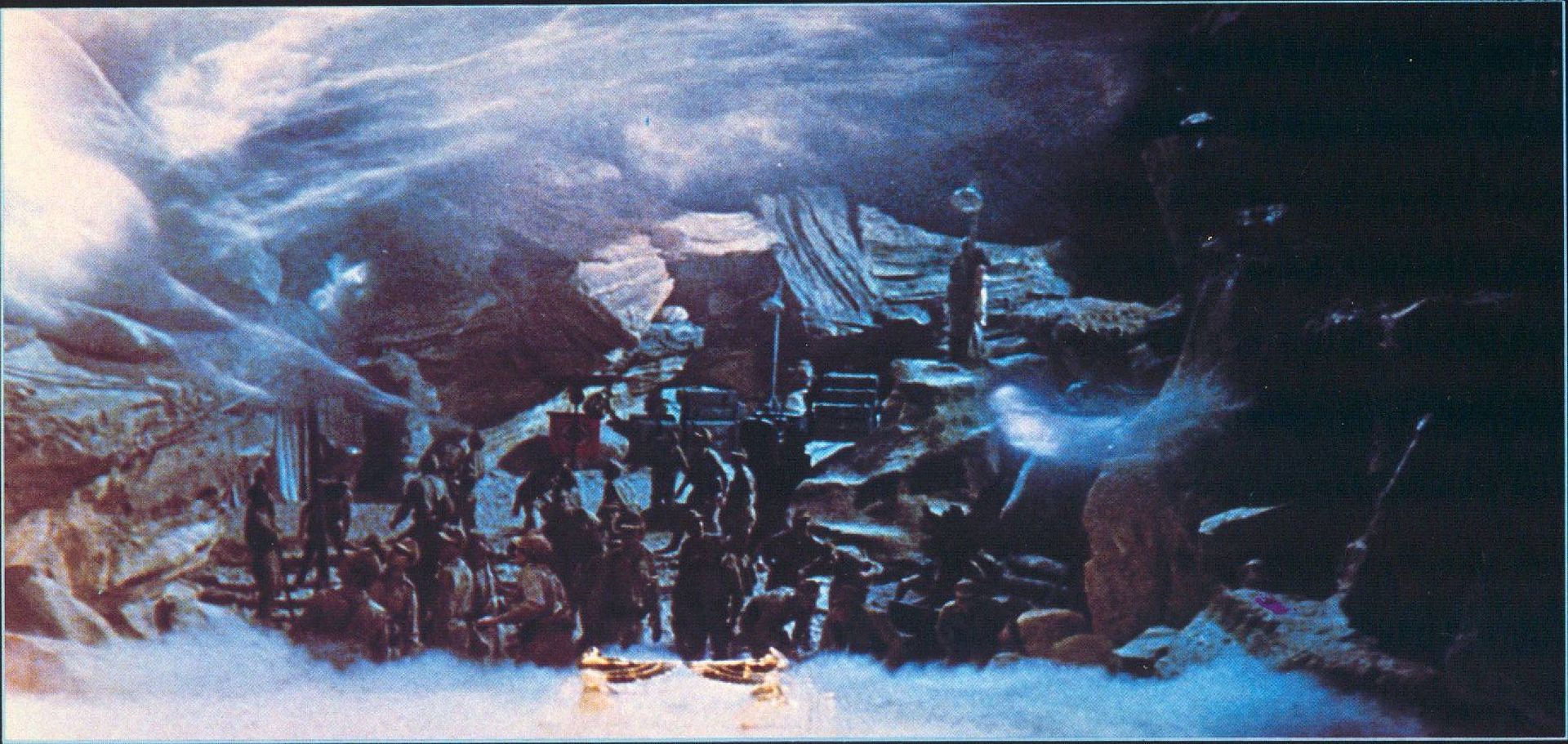I’ve just uploaded a DTS audio file for the GOUT version of Jedi with 5.1 channel 1997 Special Edition audio mix. I have edited the audio file to play in sync with this release.
To patch over certain GOUT footages where the SE audio would be inappropriate, I’ve used the film’s 1983 theatrical mix found in the 5.1 channel DTS audio stream of the Despecialized Edition. So, these audio files are 97.14% SE97 audio and 2.86% of GOUT audio.
I also made one for Harmy’s Jedi Grindhouse 35mm LPP.
Like all my other edited SE97 audio files, found on the ‘spleen, the source of the 1997 SE audio was from CapableMetal DTS files, found on the ‘spleen, where it was made from the Cinema DTS CD-ROM discs (from the collection of Jetrell Fo). The data from the discs was encrypted to 6 mono PCM wave files representing each channel of the film’s surround soundtrack. CapableMetal processed and sync’ed each of the 6 files to fit TB broadcasts of the SE97, so, the SE97 mix presented in this audio file is from CapableMetal’s work and I appreciate his effort and for his sharing, as well as, to Jetrell Fo for obtaining the discs.
This is just another way to view the GOUT version.
The reason for 2 audio files of the same film, featuring the same content, is because the difference in length of these Harmy releases. The DE 2.5 is the longest of the videos while the the Grindhouse version is a minute and a quarter shorter, despite the fact that it has been “NTSC GOUT sync’d” by way of black frames as substitutes for the missing frames of the release print. The only difference in my audio files is how I arranged the end credits music. I’ll explain.
In the GOUT version of ROTJ, John Williams’ original music for this film’s end credits was edited to fit the length of that version’s credit roll. For the film’s Special Edition, the length of the end credits was extended, so, Williams’ end credits music was almost restored–the edit in the Rebel fanfare at the start of the end credits from the GOUT version was retained in the SE97. Also, to accommodate the extra length of SE97 end credits, a portion of music for that roll was repeated—the Ewok music portion.
For the DE version of the audio file, I’ve removed that duplicate Ewok-music portion of the SE97 end credits edit. Despite the shortening, the music will still go past the official end credits and into the Despecialized credits, but the music will finish before those credits end.
For the Grindhouse version, using only the SE97 audio elements, I’ve recreated the end credits-music edit from the GOUT version.
FAQ:
What happends if I use the DE audio file for the Grindhouse?
Eventhough, the audio will play in-sync with the video, when the video reaches the end-the final video frame, the screen will go black and the timecode counter will stop, but the audio stream will continue until it reaches its end. That means you’ll hear music over Harmy’s “special-thanks” credits and when that is done, the music will continue until it finishes. *
OK, so, what happends if I mux the Grindhouse audio with the DE video?
Well, audio will play in perfect sync with the DE video. When the audio stream reaches its end (being that it’s shorter than the video), the video will play with no sound until it reaches the final frame. *
*= based on what I found when using my MPC-HC media player.
So the long and the short is that because both the DE and the Grindhouse have been sync’d together, whichever audio file you choose to download it will play in perfect sync with both videos, it is just a question of how much music from the end credits do you wish to have.
Enjoy.











